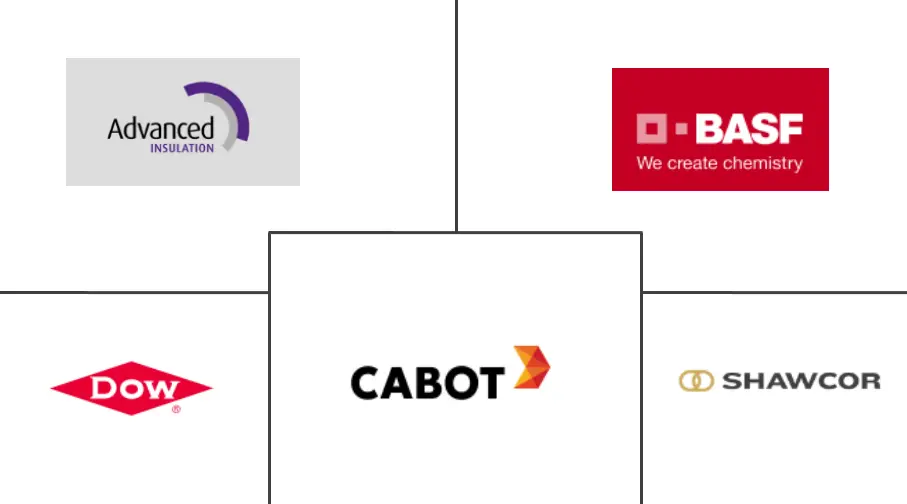Subsea Thermal Insulation Material Market Size and Share
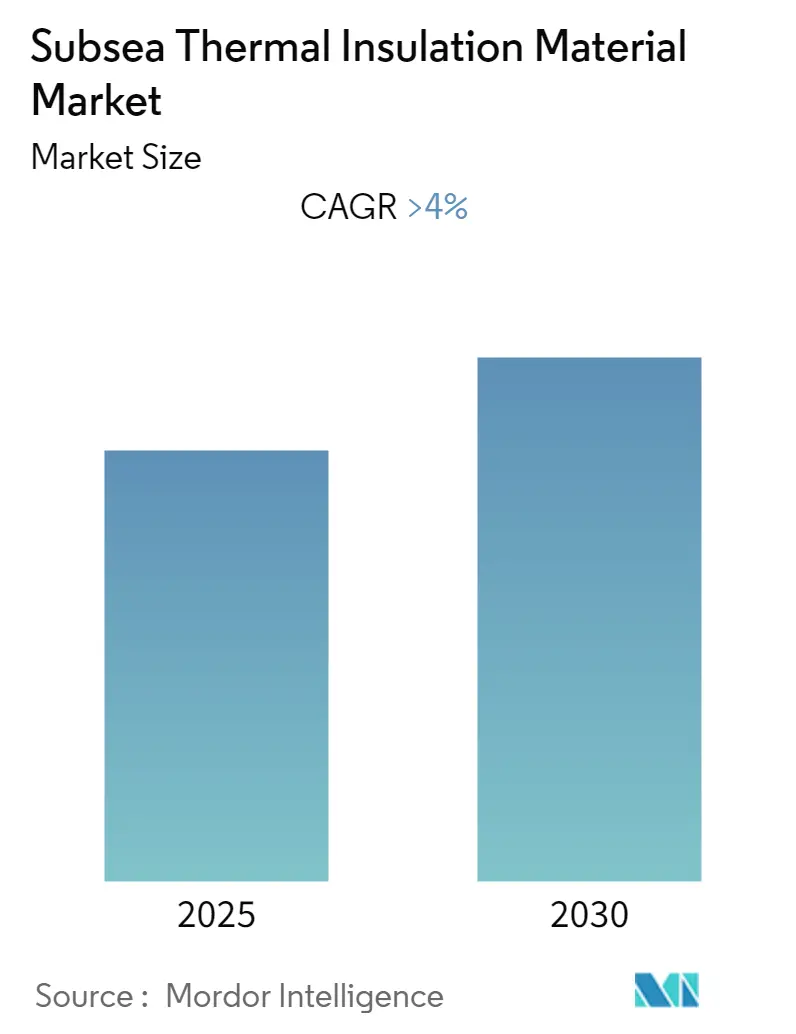
Subsea Thermal Insulation Material Market Analysis by Mordor Intelligence
The Subsea Thermal Insulation Material Market is expected to register a CAGR of greater than 4% during the forecast period.
- The increase in oil and gas production in the North American region is expected to drive the demand for subsea thermal insulation materials.
- The major restraint for the market studied is the volatile price nature of oil and gas.
- The development of long distance oil and gas transmission lines that will potentially replace tanker transport is expected to provide opportunities to the market.
Global Subsea Thermal Insulation Material Market Trends and Insights
Polyurethane Type to Dominate the Market
- In between the shutdown and restart period, the subsea pipeline experiences the most severe flow assurance problem, due to flow stagnation and rapid heat loss.
- When the subsea pipeline temperature steeply drops below wax appearance temperature (WAT) and hydrate appearance temperature (HAT), it causes the pipeline to clog.
- In certain circumstances, clogging may affect the well productivity during restart condition and in the worst-case scenario, the well must be abandoned. Thus, thermal insulation of the subsea pipeline is of utmost importance to protect the integrity of the pipe flow, during the shutdown period.
- Currently, there are no easily accessible methods and standard practices to select the optimum thermal insulation of the subsea pipeline for flow assurance, but materials, like polyurethane, polypropylene, epoxies, and synthetic rubbers are used.
- Out of these, polyurethane material is the most used one, majorly because of its low K-value (W/m. K) when compared to other materials. The lower the k-value, the lower the materials ability to transfer/conduct heat.
- The K-value for polyurethane ranges from 0.13 to 0.17, polypropylene, on the other hand, has a range of about 0.21-0.26 of K-value, rubber exhibits K-value range of 0.14-0.28 and epoxy about 0.14-0.17.
- Other than K-value, the broad range of density exhibited, good adhesion quality, high flame resistance, and smooth and regular surface exhibited by polyurethane make it the most used material for subsea thermal insulation.
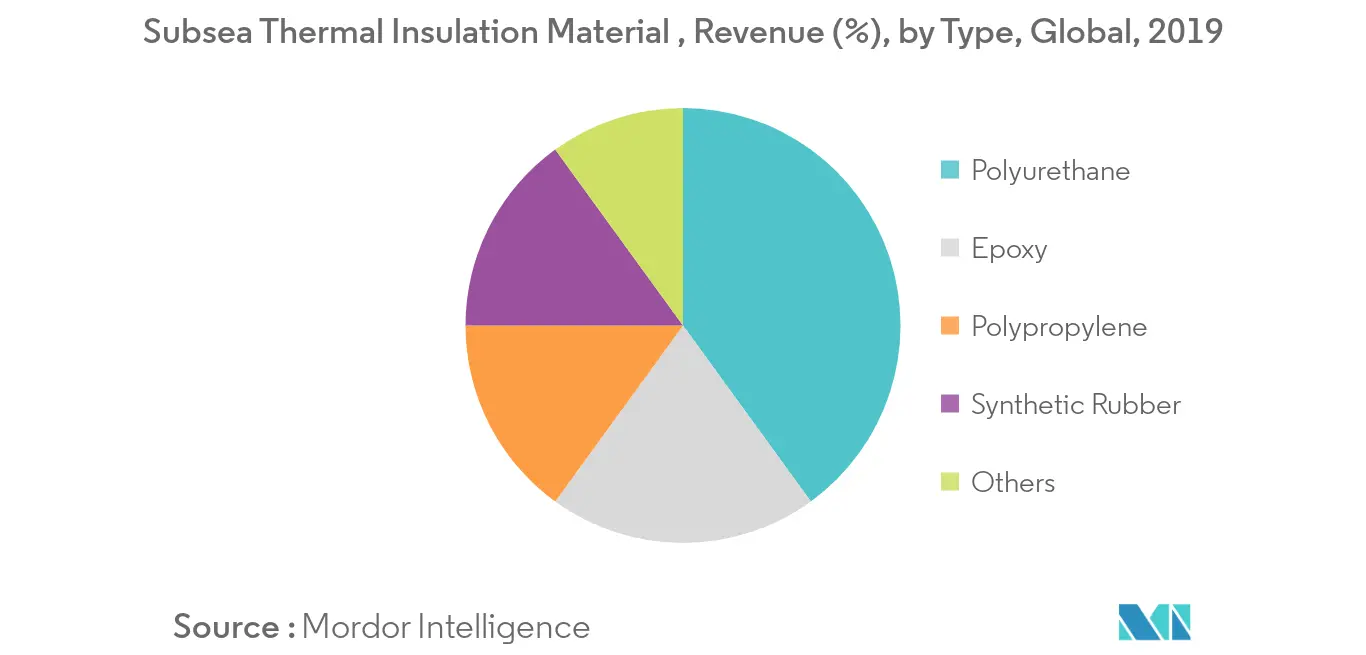
North America to be the Fastest Growing Region
- The United States has the largest share of announced and planned oil and gas trunk pipelines between 2019 to 2023. The country announced that 27,000 kilometers of pipeline and 18,500 kilometers of pipelines are still in the planning phase.
- North America's natural gas production increased by 9.8% in 2018 when compared to 2017, which was the highest in the world.
- The United States was the leader in natural gas production with 715 million metric tons of oil equivalent around the world, while Canada was fourth, with approximately 159 million metric ton, in 2018.
- North America also came second, in terms of oil production worldwide, from 2009 to 2018, with a share of 23.8%, with the highest being the Middle East with a share of 33.5%, globally.
- Crude oil production in Canada has been increasing year on year, in 2016 it was 218 million metric ton, in 2017, it increased to 235 million metric ton, and reached 255 million metric ton in 2018.
- Therefore, based on increasing pipeline building and increasing production, it is expected that North America will dominate the market in near future.
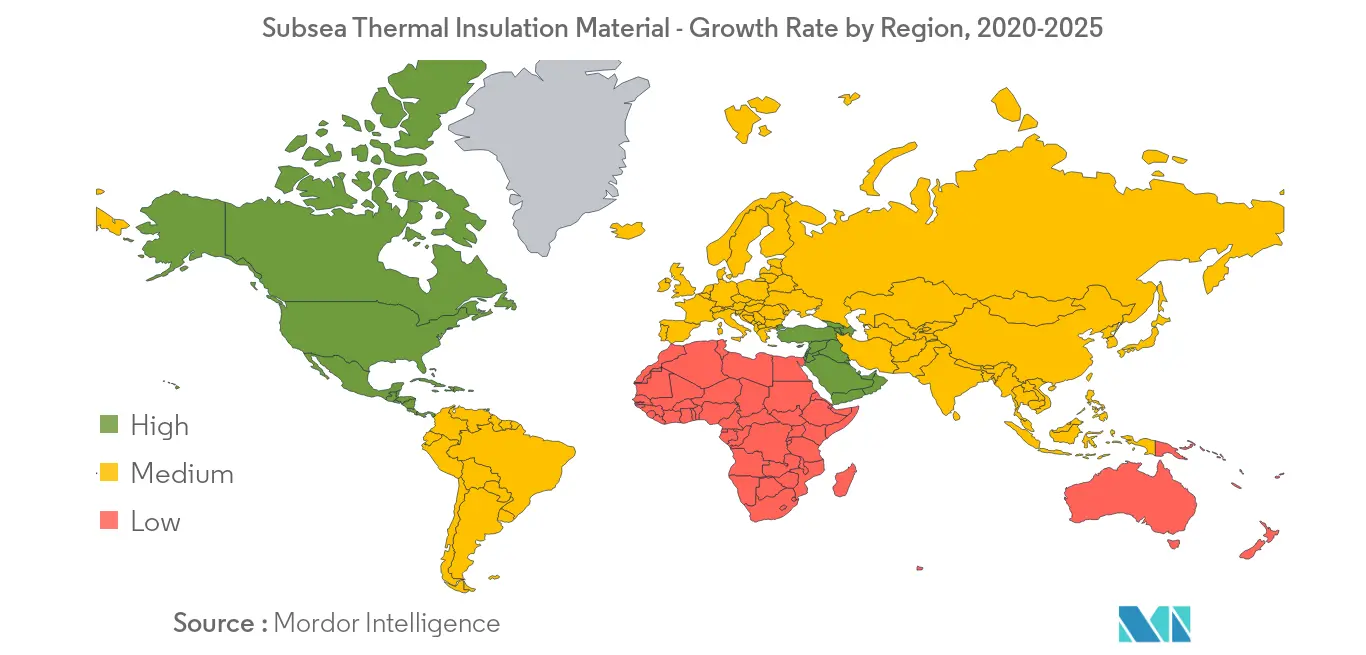
Competitive Landscape
The subsea thermal insulation material market is partially fragmented, with the presence of a number of companies eyeing for shares in the market. The major companies in the market are Advanced Insulation, BASF SE, Cabot Corporation, Dow, and Shawcor, among others.
Subsea Thermal Insulation Material Industry Leaders
-
Advanced Insulation
-
BASF SE
-
Cabot Corporation
-
Dow
-
Shawcor
- *Disclaimer: Major Players sorted in no particular order
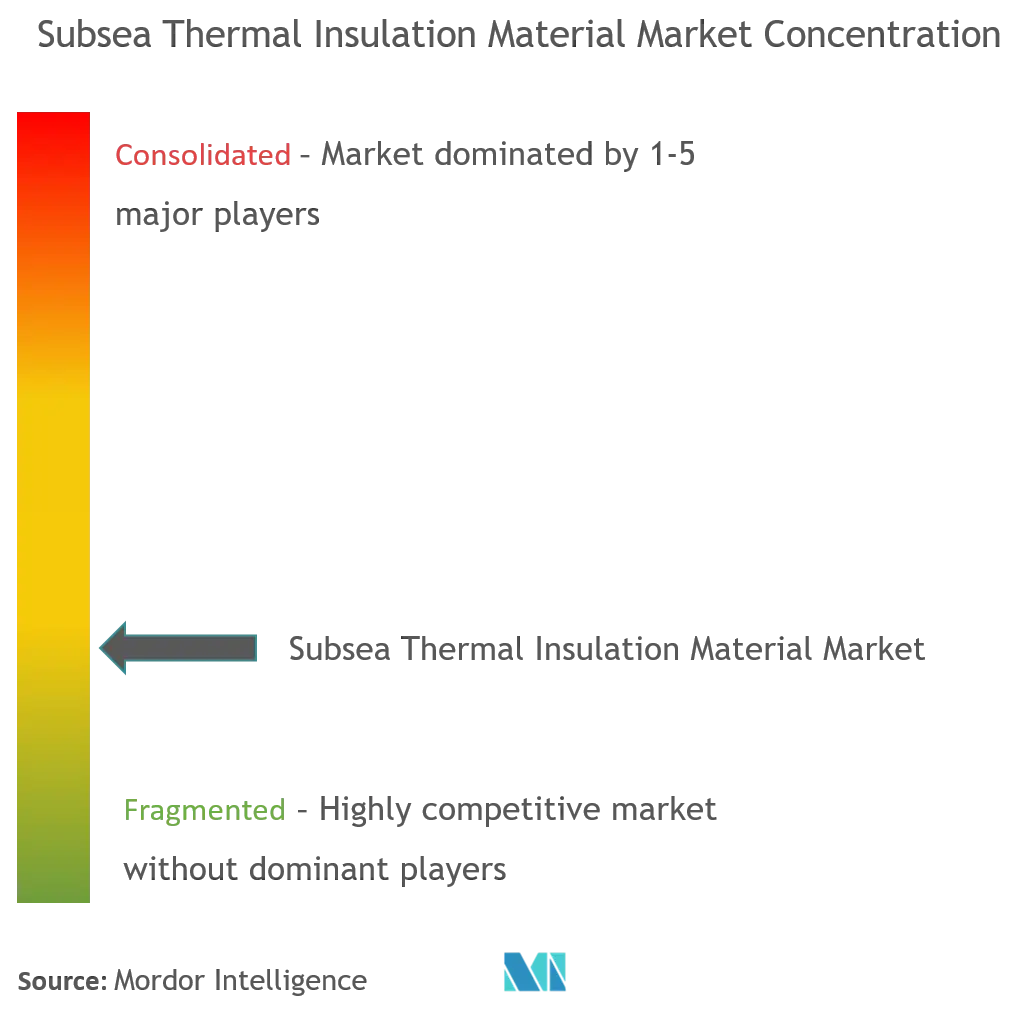
Global Subsea Thermal Insulation Material Market Report Scope
The subsea thermal insulation material market report includes:
| Epoxy |
| Polypropylene |
| Polyurethane |
| Synthetic Rubber |
| Other Types |
| Line Pipe |
| Field Joints |
| Pipe in Pipe |
| Other Applications |
| North America | United States |
| Canada | |
| Rest of North America | |
| Europe | Germany |
| United Kingdom | |
| Italy | |
| Russia | |
| NORDIC Countries | |
| Rest of Europe | |
| Asia-Pacific | China |
| Indonesia | |
| India | |
| Rest of Asia-Pacific | |
| Rest of the World | South America |
| Middle East & Africa |
| Type | Epoxy | |
| Polypropylene | ||
| Polyurethane | ||
| Synthetic Rubber | ||
| Other Types | ||
| Application | Line Pipe | |
| Field Joints | ||
| Pipe in Pipe | ||
| Other Applications | ||
| Geography | North America | United States |
| Canada | ||
| Rest of North America | ||
| Europe | Germany | |
| United Kingdom | ||
| Italy | ||
| Russia | ||
| NORDIC Countries | ||
| Rest of Europe | ||
| Asia-Pacific | China | |
| Indonesia | ||
| India | ||
| Rest of Asia-Pacific | ||
| Rest of the World | South America | |
| Middle East & Africa | ||
Key Questions Answered in the Report
What is the current Subsea Thermal Insulation Material Market size?
The Subsea Thermal Insulation Material Market is projected to register a CAGR of greater than 4% during the forecast period (2025-2030)
Who are the key players in Subsea Thermal Insulation Material Market?
Advanced Insulation, BASF SE, Cabot Corporation, Dow and Shawcor are the major companies operating in the Subsea Thermal Insulation Material Market.
Which is the fastest growing region in Subsea Thermal Insulation Material Market?
North America is estimated to grow at the highest CAGR over the forecast period (2025-2030).
Which region has the biggest share in Subsea Thermal Insulation Material Market?
In 2025, the Europe accounts for the largest market share in Subsea Thermal Insulation Material Market.
What years does this Subsea Thermal Insulation Material Market cover?
The report covers the Subsea Thermal Insulation Material Market historical market size for years: 2019, 2020, 2021, 2022, 2023 and 2024. The report also forecasts the Subsea Thermal Insulation Material Market size for years: 2025, 2026, 2027, 2028, 2029 and 2030.
Page last updated on:
Subsea Thermal Insulation Material Market Report
Statistics for the 2025 Subsea Thermal Insulation Material market share, size and revenue growth rate, created by Mordor Intelligence™ Industry Reports. Subsea Thermal Insulation Material analysis includes a market forecast outlook for 2025 to 2030 and historical overview. Get a sample of this industry analysis as a free report PDF download.
